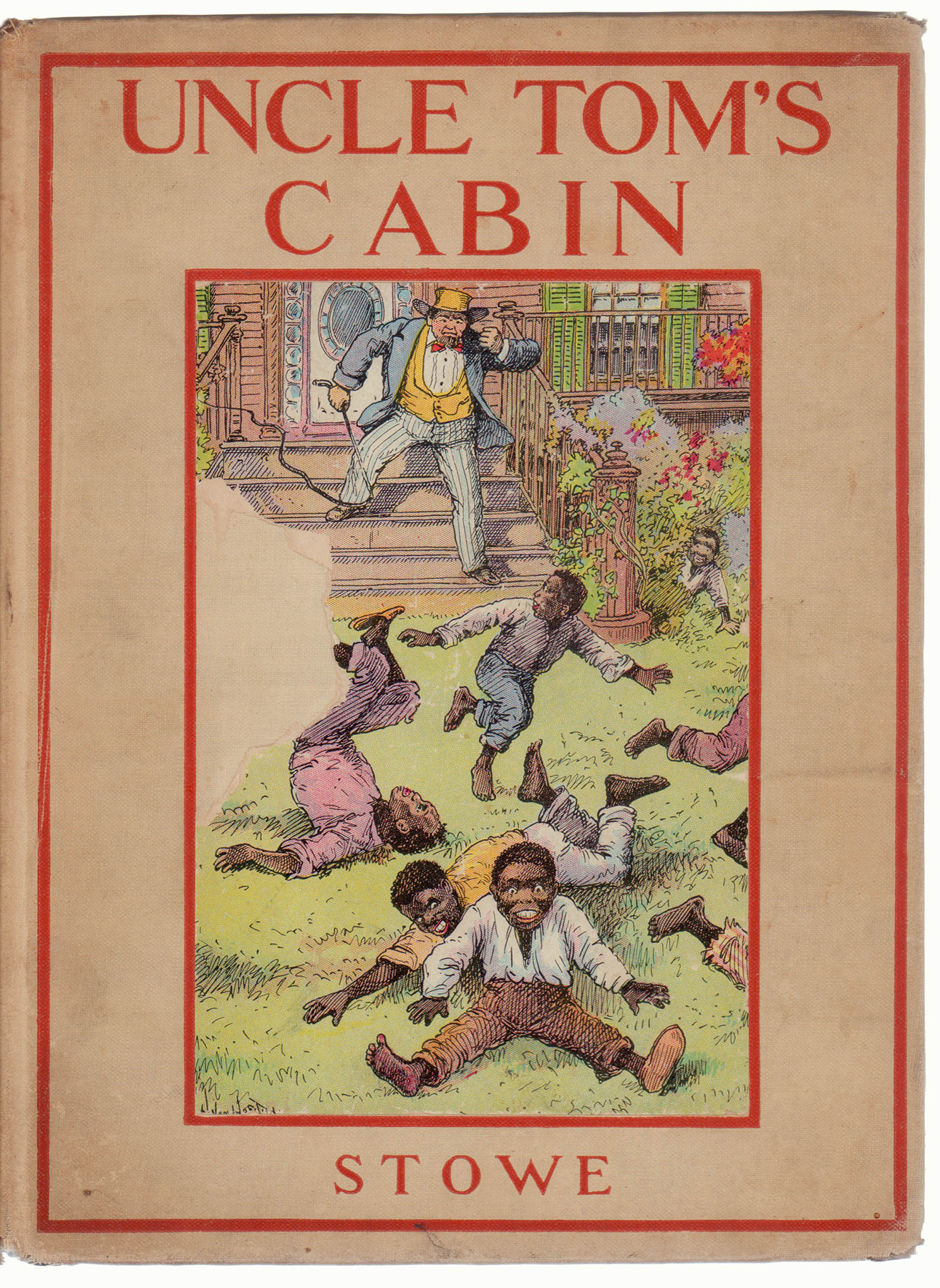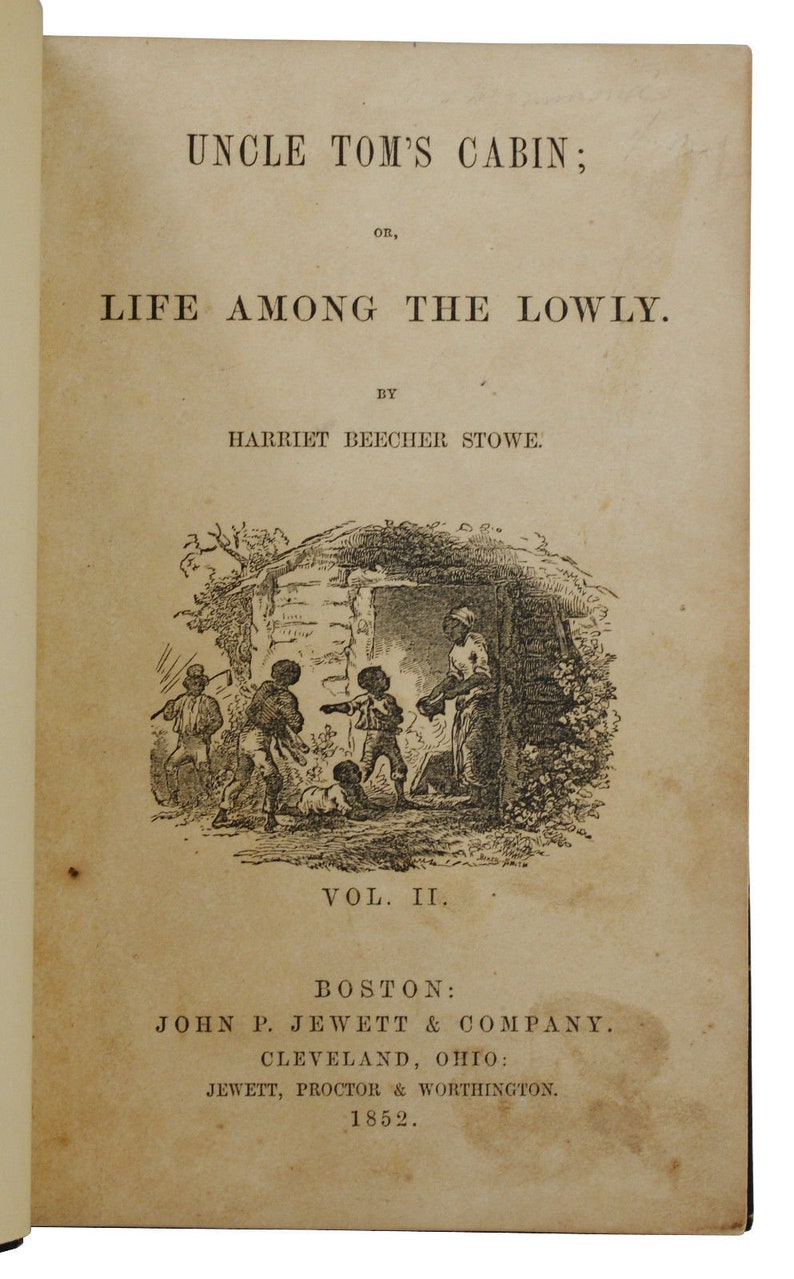

Progressive for her time, Harriet Beecher Stowe was one of the earliest writers to offer a shockingly realistic depiction of slavery. When Uncle Tom's Cabin was published in 1852, it became an international blockbuster, selling more than 300,000 copies in the United States alone in its first year. Emily Shelby hates the idea of doing this because she had promised her maid that her child would never be sold Emily's son, George Shelby, hates to see Tom go because he sees the old man as his friend and mentor. Even though he and his wife, Emily Shelby, believe that they have a benevolent relationship with their slaves, Shelby decides to raise the needed funds by selling two of them - Uncle Tom, a middle-aged man with a wife and children, and Harry, the son of Emily Shelby's maid Eliza - to a slave trader. She died in 1896.Uncle Tom's Cabin opens with a Kentucky farmer named Arthur Shelby facing the loss of his farm because of debts. Over the course of her long career she wrote over thirty books and essays, poems and articles. When President Abraham Lincolm met her he is reported to have described her as ‘the little woman who wrote the book that started this Great War’. It was hugely influential in the abolition debate, and catapulted Stowe into the spotlight.

It was an immediate bestseller, selling ten thousand copies in its first week of publication and going on to become the second biggest bestseller of the nineteenth century after the Bible. In 1850 the Fugitive Slave Law was passed, punishing anyone who offered runaway slaves food or shelter – she drew on her anger from this to write UNCLE TOM’S CABIN, which first appeared in an abolitionist newspaper and was then published in book form. She moved to Ohio in 1832 and was introduced to the slavery debates, marrying the professor and staunch abolitionist Calvin Stowe with whom she had seven children.

Harriet Beecher Stowe was born in 1811, one of ten children of famous minister Lyman Beecher.


 0 kommentar(er)
0 kommentar(er)
